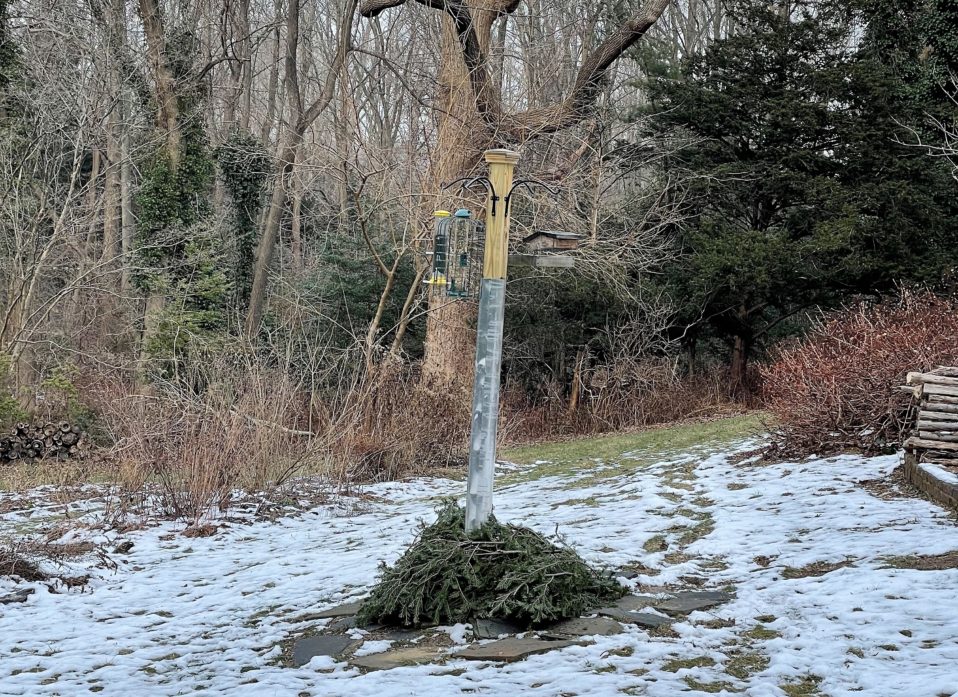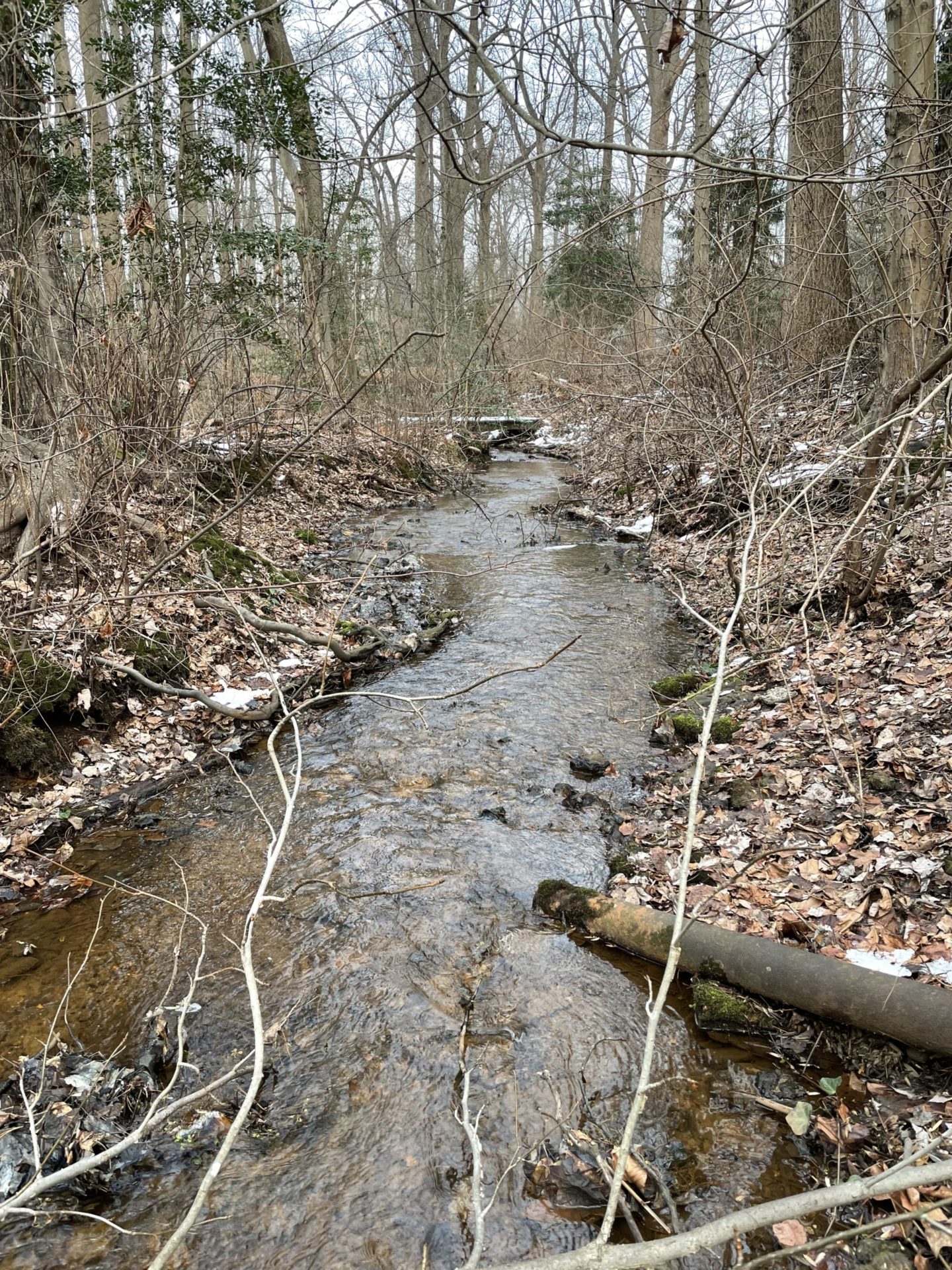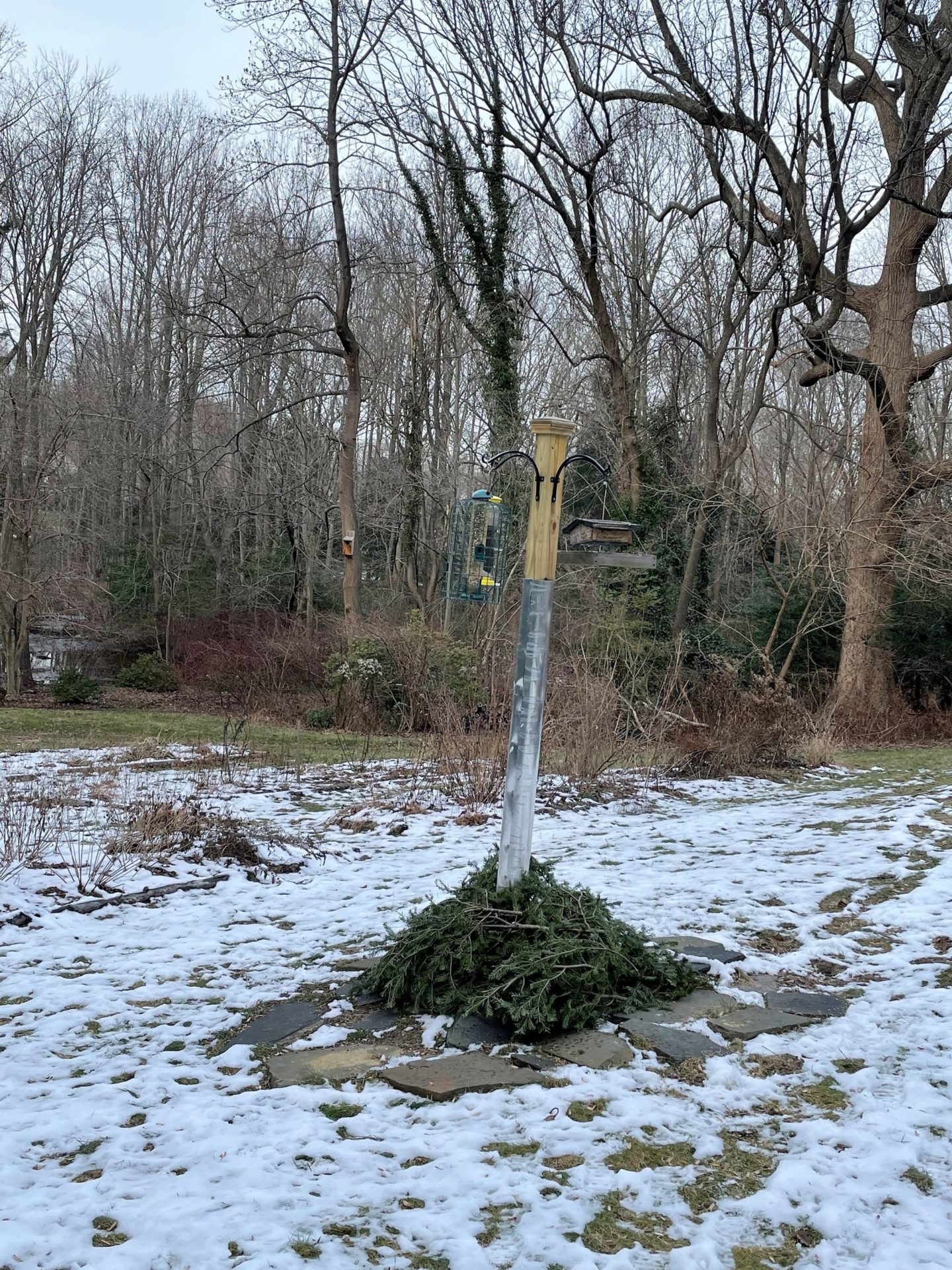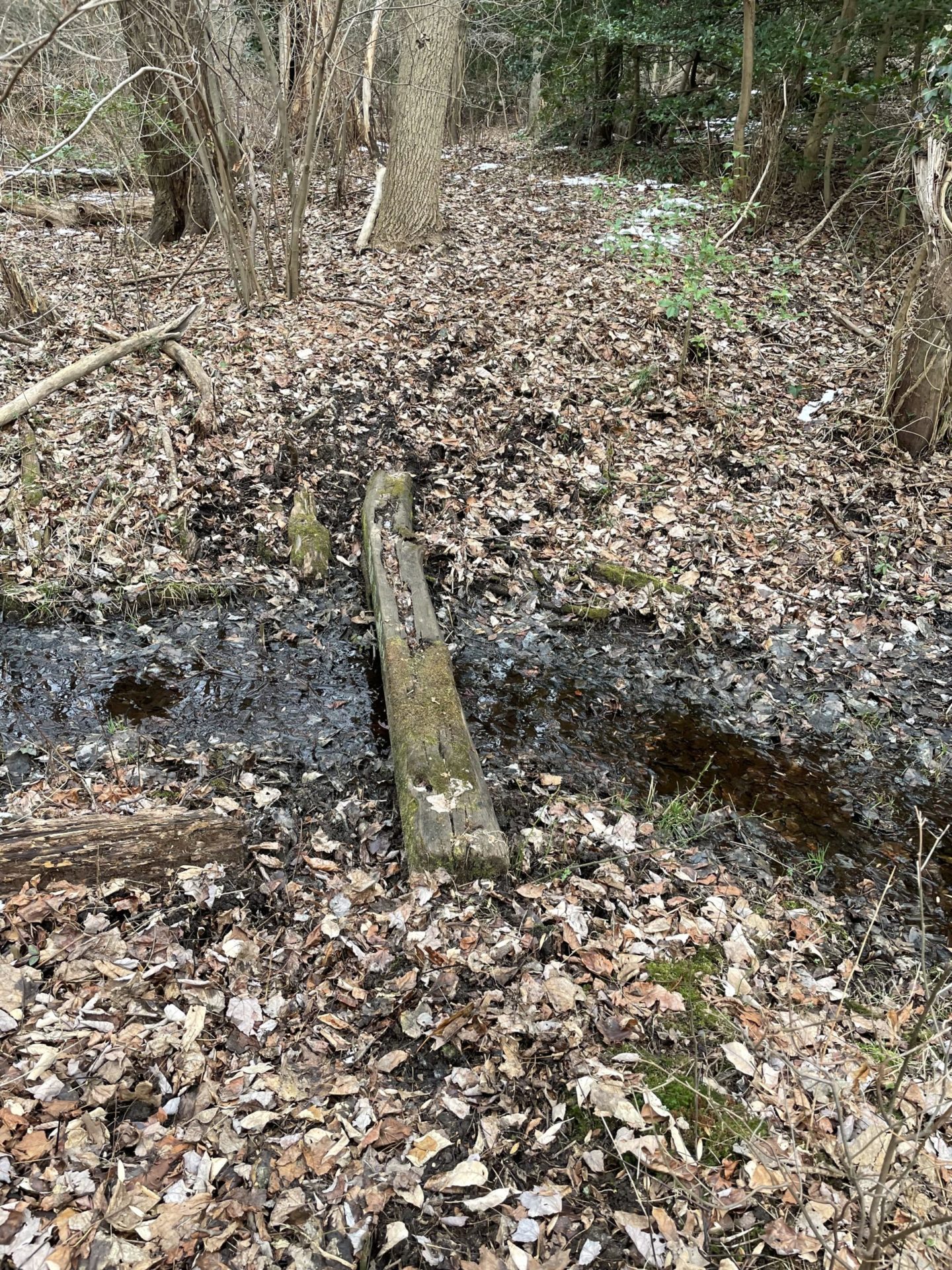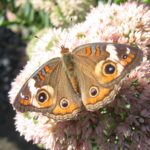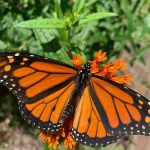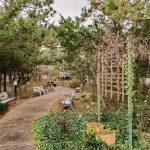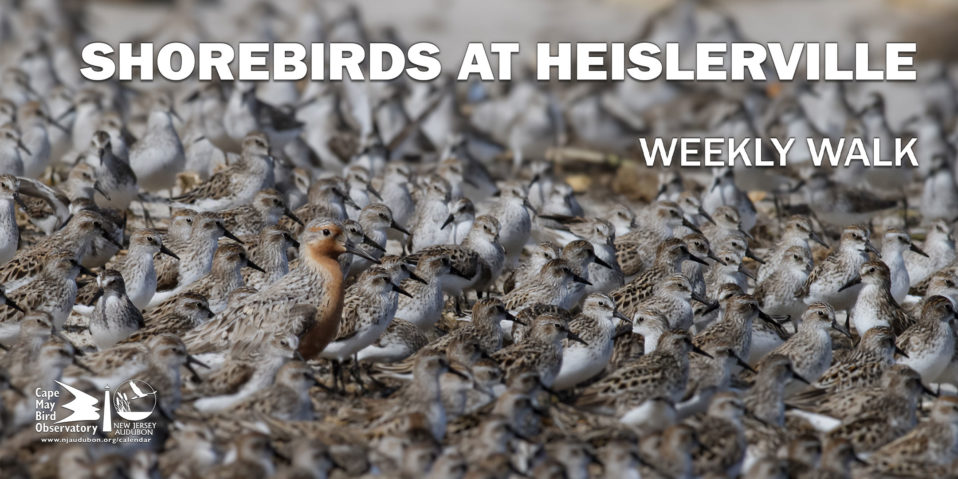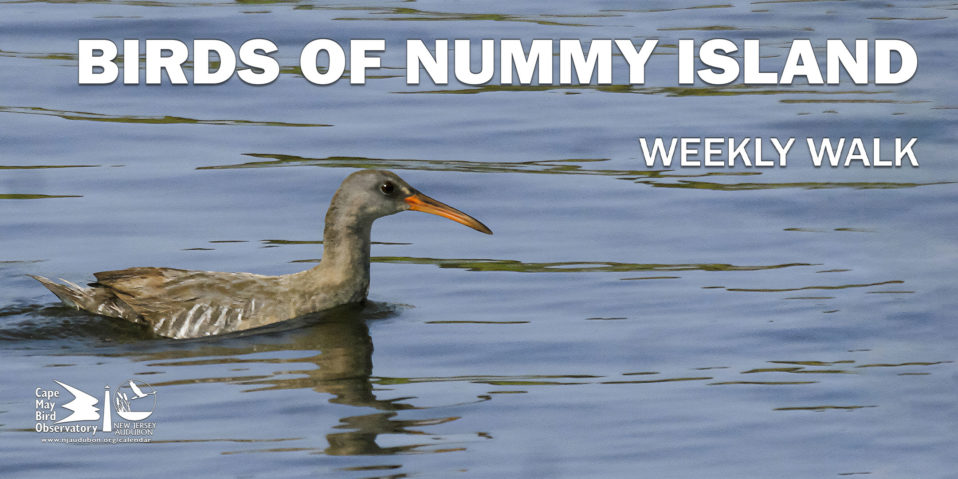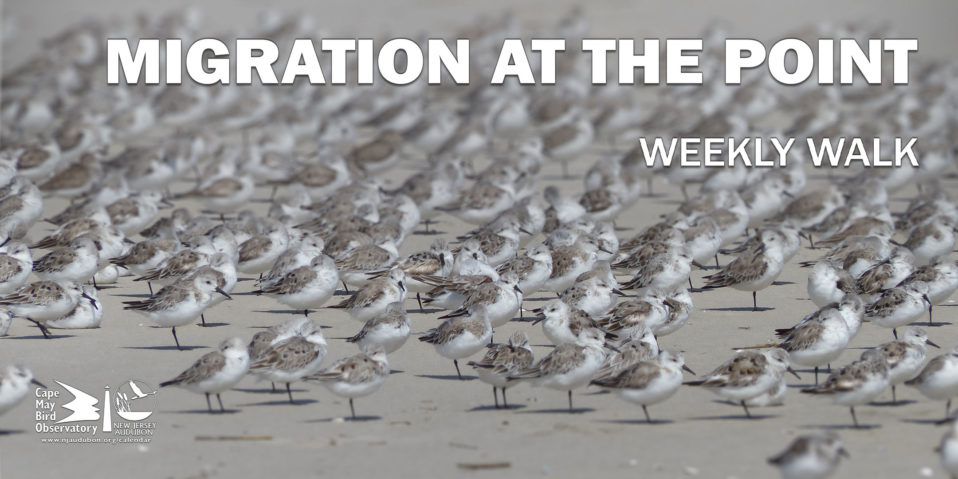Traditionally landscaped yards offer nothing to wildlife in their chemical and fertilizer ridden lawns. Not surprisingly, when outdoor spaces are intentionally managed with wildlife in mind, there is a significant and direct positive impact on pollinators, birds, and other wildlife. This means that there are native plants to offer wildlife food, a source of water for hydration and bathing, areas to seek cover and places to raise young. And of course, utilizing sustainable practices such as conserving water by using drip irrigation and reducing or eliminating the use of chemicals. To the naked eye, a naked lawn may look like the ideal because of the simplicity and uniformity, but there is beauty in the contrast of colors and varying vertical heights of native plants that offer the pollinators and songbirds the life-giving fruits, pollen, and nectar that are needed for survival.
A recent study concluded that “yards certified as wildlife habitat through the National Wildlife Federation’s certification program support a wider variety of bird species compared with more traditional yard landscaping (e.g., lawn-dominated yards). This suggests that landscape management for wildlife can contribute to region-wide bird diversity” (1). How amazing and inspiring is that?! If you have access to an outdoor space, no matter how big or small, then YOU have the power to help wildlife. And amazingly, your efforts don’t have to cost much, if at all!
Let’s take a look at how to Garden for Wildlife™ by offering the 5 requirements to become a Certified Wildlife Habitat®, a program that the National Wildlife Federation (NWF) created, and NJ Audubon promotes as NWF’s state affiliate:
- Food: 3 sources
- This can be in the form of supplemental feeders like a seed feeder or hummingbird sugar water feeder. Visit a NJ Audubon nature store and discuss what feeders would work best for your yard and birds. Another option is offering native plants. You can either order from a local nursery that sells native plants or find them for free from friend’s yards or other gardeners offering free plants split from their garden on your local Facebook community page.
- Water: 1 source
- Are you a lucky person who has a small stream or creek flowing through your backyard? That counts as your one water source! If not, offering water is simple. Again you can visit a NJ Audubon nature store and purchase a beautiful bird bath and while you’re there, pick up an electrical heater that will allow birds to get water during the winter months. Want some free options? Scratch up an area in your garden so that it’s just soil exposed. Moisten the area daily (do no saturate) and voilá! A puddling area for butterflies. They need salt and minerals so you can add a sprinkle of salt, overripe fruit, or a bit of that stale beer you found in the back of your fridge.
- Cover: 2 sources
- Do you still have your Christmas tree? Snip off the branches and pile them up in the corner of your yard. There is one source of cover. Haven’t gotten around to fall clean-up yet? Good! Leave the leaves and let them be the proper cover for overwintering butterflies and moths.
- Places to Raise Young: 2 sources
- While you’re at a NJ Audubon nature center store picking up a supplemental feeder and bird bath, ask about the different kinds of birdhouses that would do well in your outdoor space. Want to offer place to raise young without spending money? Those native plants that you have do the trick! A wildlife garden is a holey garden meaning seeing holes in your leaves is a good thing! Wildlife should be eating your native plants, such as monarch caterpillars on milkweed. The more native plants offered, the more opportunities for food and places to raise young.
- Sustainable Practices
- There are many ways to be sustainable in your garden. One simple way is to stop doing something – using chemical pesticides and fertilizers. Instead, get a compost bin and repurpose your kitchen scraps to eventually break down into black gold and spread that on your garden beds. This organic fertilizer will give nutrients to your plants, making them healthier and more vibrant. Reducing or eliminating lawn areas and replacing with native plants is also another great and easy option.
When we Garden for Wildlife™ in our own outdoor spaces, studies have shown that this increases the biodiversity that visit. Another great side effect is inspiring your neighbor to follow suite. Maybe they see you sipping lemonade while watching the butterflies visit your native plants and they want to do that instead of spending countless and thankless hours and dollars maintaining their lawn. Your garden is an example of a better way to slow down and literally smell the roses.
When we Garden for Wildlife™ in our own outdoor spaces, studies have shown that this increases the biodiversity that visit. Another great side effect is inspiring your neighbor to follow suite. Maybe they see you sipping lemonade while watching the butterflies visit your native plants and they want to do that instead of spending countless and thankless hours and dollars maintaining their lawn. Your garden is an example of a better way to slow down and literally smell the roses.
By Kristin Hock
Habitat Outreach Coordinator
If you’d like to learn more about how to Garden for Wildlife™ then join NJ Audubon’s 8 week webinar series starting March 1st. For more information:




